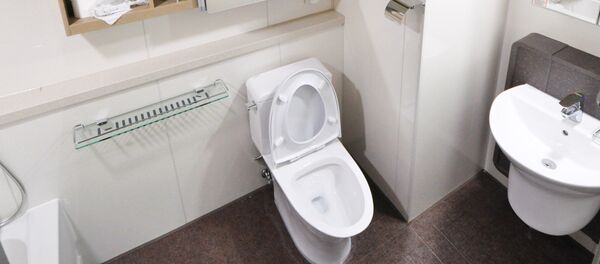The revelation came Thursday, when a senior engineer working on the project spoke with the Global Times to offer a few details on what's being called the "Microwave Active Denial System."
The engineer, identified solely as Su, told the publication that the system has two modes: one allows it to be used on a specific target's body parts, the other gives users the ability to deploy the technology on multiple individuals in "bigger areas for missions, including expelling terrorist groups."
According to the researcher, testing has shown that the technology won't leave any permanent injuries on targets. The system can be stationary or be mounted on a vehicle. Su said potential buyers could be local police and China's Coast Guard, as the system can be used for both land and maritime operations.
This, however, isn't the first time such technology has been explored by Chinese researchers. In December 2014, Popular Science reported on a similar long-range weapon known as the Poly WB-1.
The WB-1, similar to Su's creation, uses "millimeter-wave beams to scald targets from up to a kilometer away," the publication explained at the time. "When the beam strikes a person, it excites water molecules just under his or her skin, heating them up enough to cause extraordinary pain."
— Tuguldur.B (@Bi_MGL) December 16, 2014
At the time it was also reported that the China Poly Group Corporation, the creator of the WB-1 device, was working to develop an even more powerful version of the weapon that could be mounted onto ships.
The US managed to create a similar weapon for crowd control in the early 2000s, deploying the weapon to Afghanistan in 2010, before ultimately withdrawing it from service just a month after its deployment. It was called the Active Denial System.


